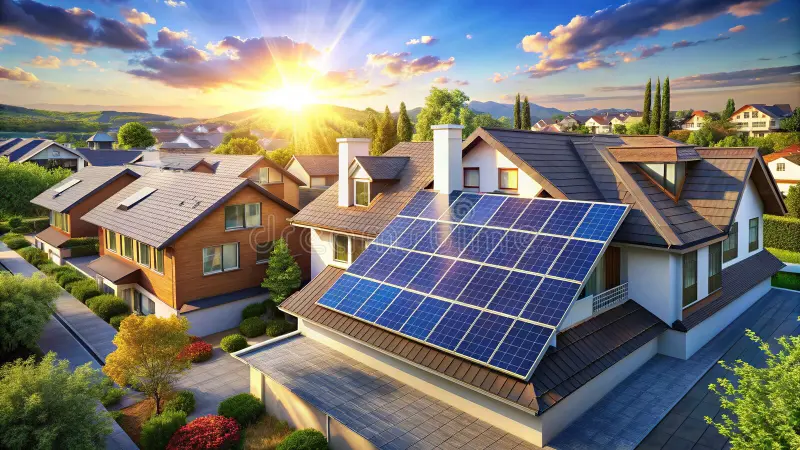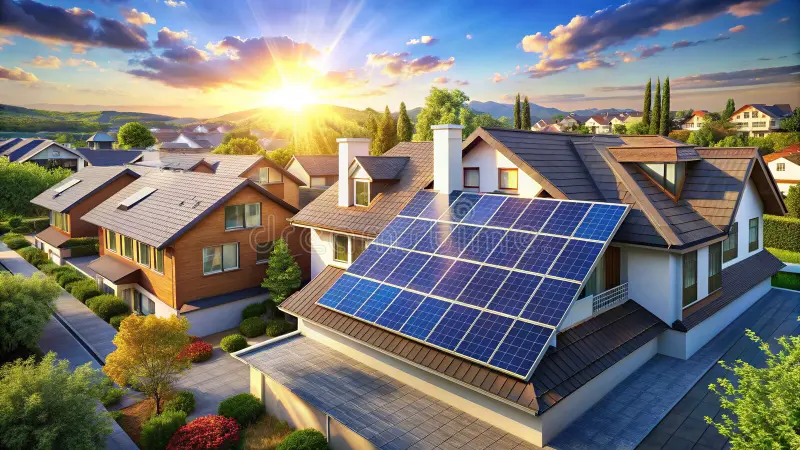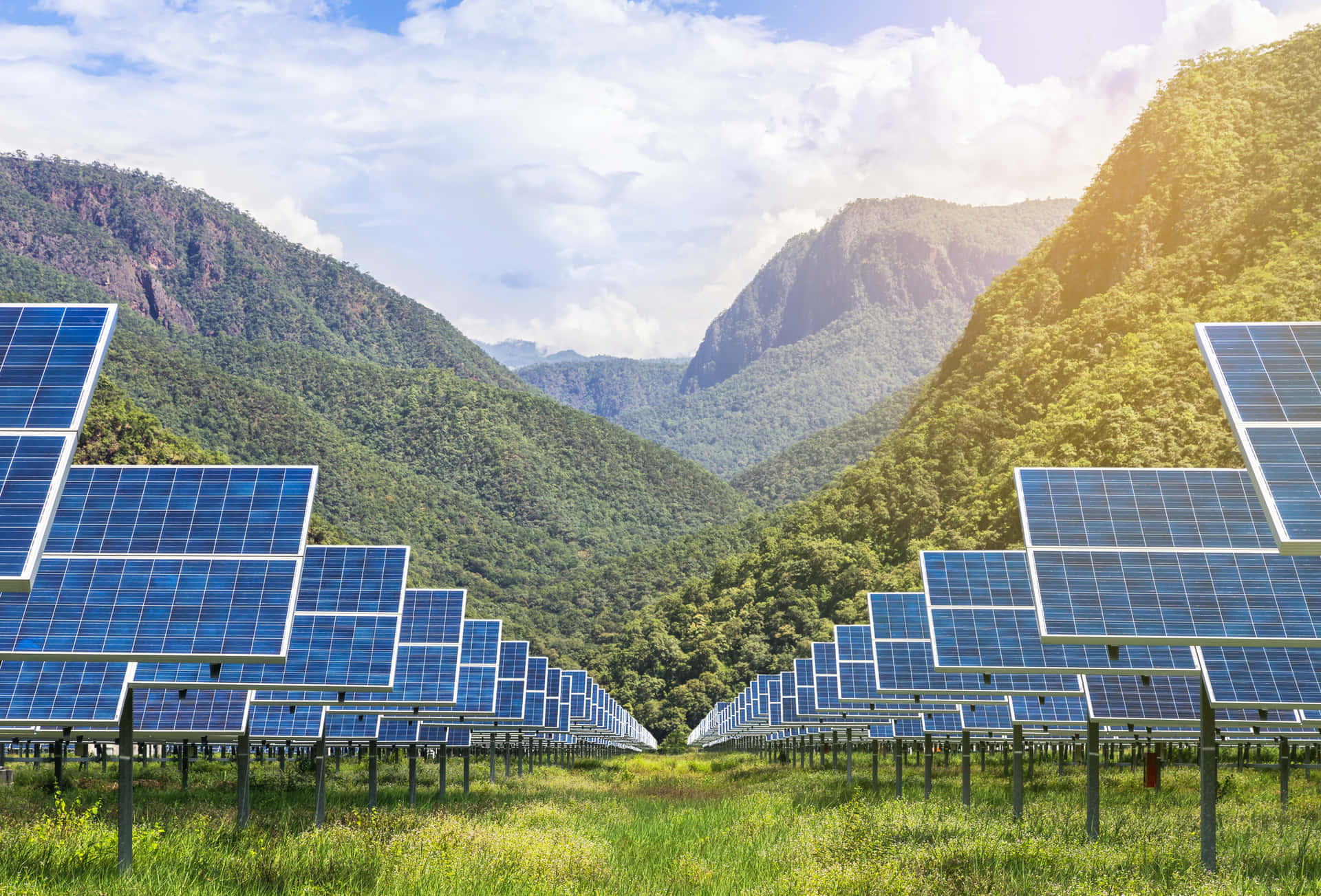In today’s world of rising electricity bills and environmental concerns, more and more homeowners and businesses are turning to solar energy — and for good reason. One of the most compelling benefits of installing solar panels is that they pay for themselves, typically within 7 to 9 years. But how does this work? Let’s break it down.
In today’s world of rising electricity bills and environmental concerns, more and more homeowners and businesses are turning to solar energy — and for good reason. One of the most compelling benefits of installing solar panels is that they pay for themselves, typically within 7 to 9 years. But how does this work? Let’s break it down.


The average cost of a residential solar panel system ranges from ₹2.5 lakhs to ₹5 lakhs in India, depending on system size, panel type, and installation. While this may seem expensive at first, it's important to remember that this is a one-time investment — and the returns start rolling in almost immediately.
Once your solar panels are up and running, your dependency on the grid decreases significantly. In many homes, electricity bills drop by 70–90%.
If your system generates more electricity than you use, you can sell it back to the grid. This extra energy earns you credit, further reducing your energy costs.
Government schemes and state-level incentives can cover 20–40% of your installation costs, depending on your location and system size.
Solar panels require very little maintenance, typically a light cleaning and an occasional checkup—keeping ongoing costs very low.

Let’s say you install a system worth ₹3.5 lakhs. You save ₹3,000–₹4,000 per month on your electricity bills, totaling ₹36,000–₹48,000 a year. At this rate, the system pays for itself in 7 to 9 years — sometimes even sooner, depending on usage, government benefits, and sunlight availability. After that? It's pure savings for the next 15–20 years.